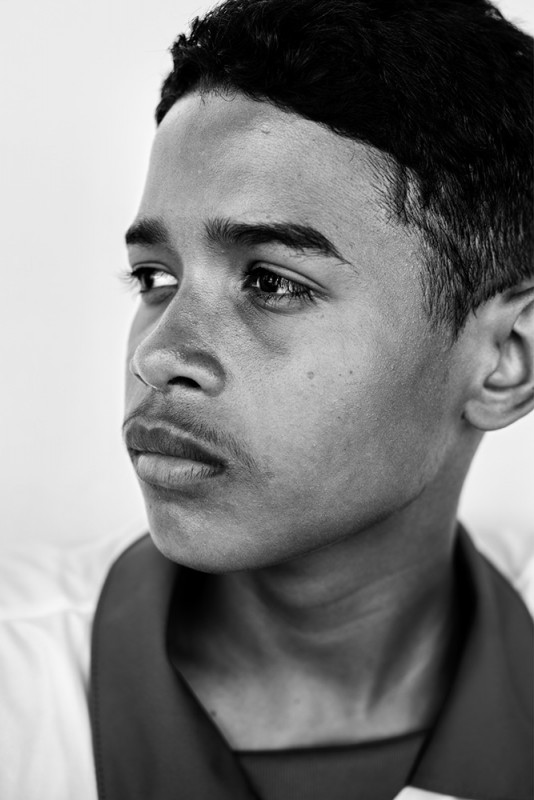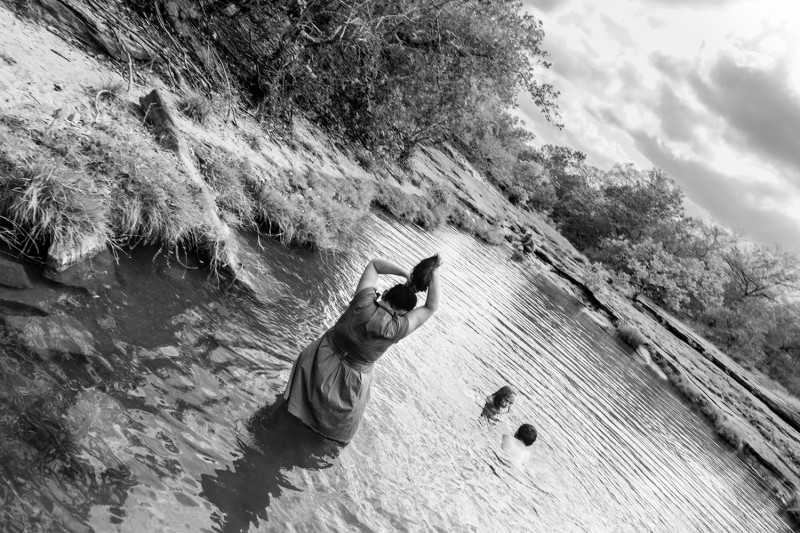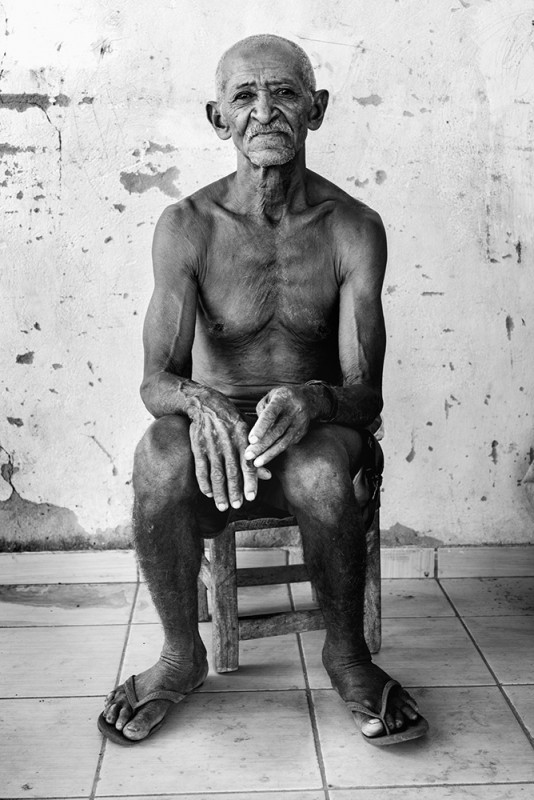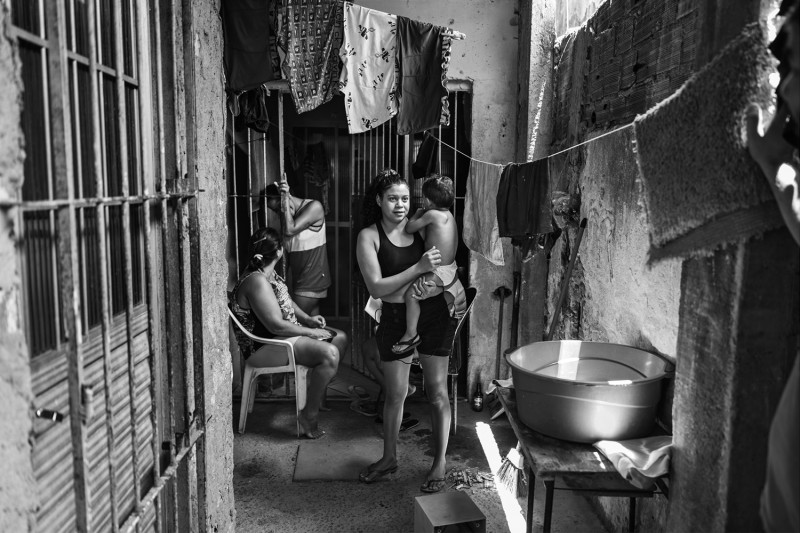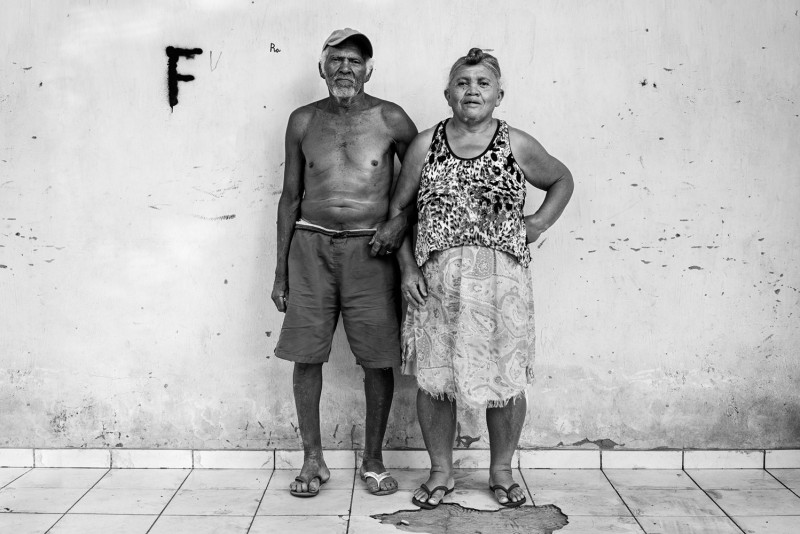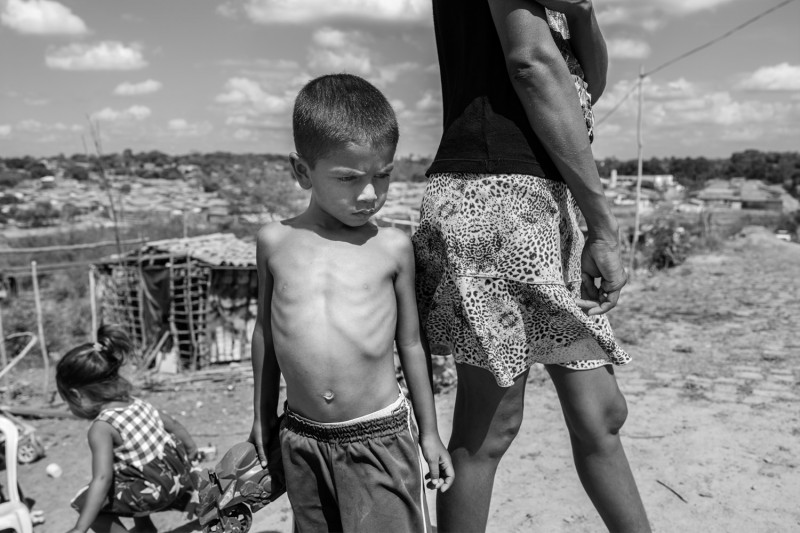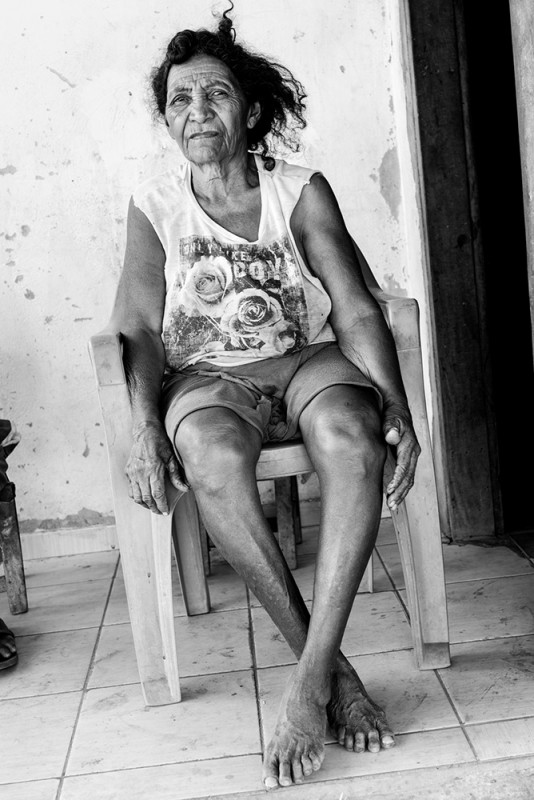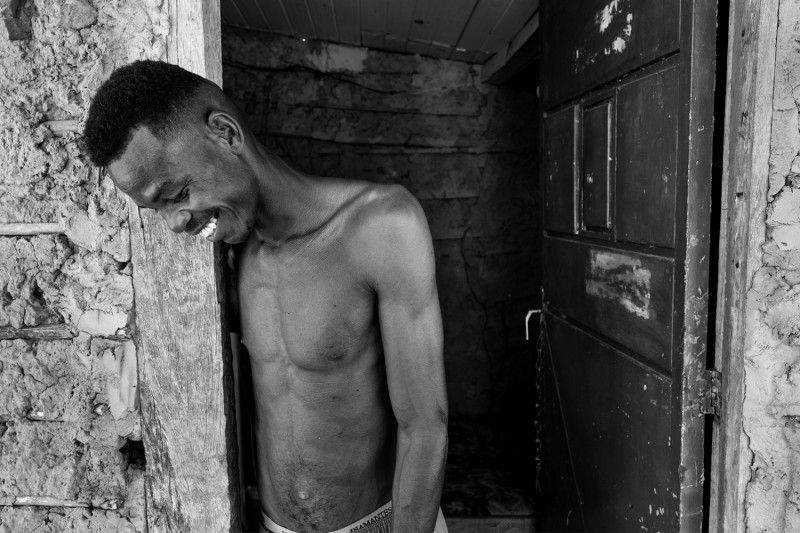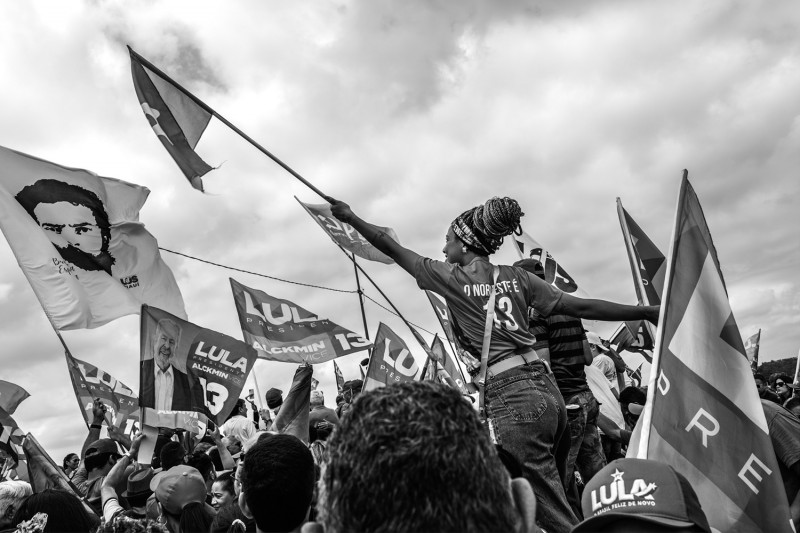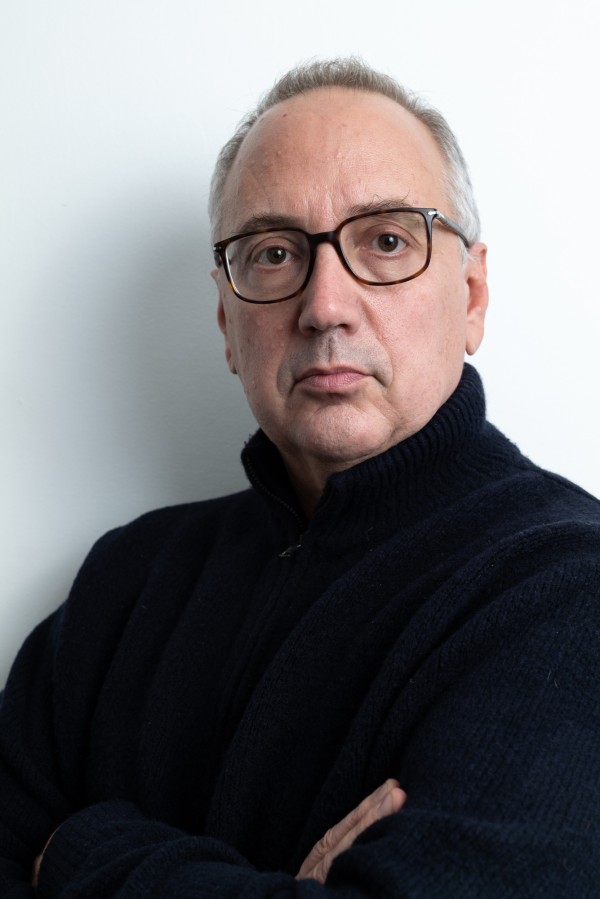Treze
Treze
Stefano Bandini
January 13, 2023
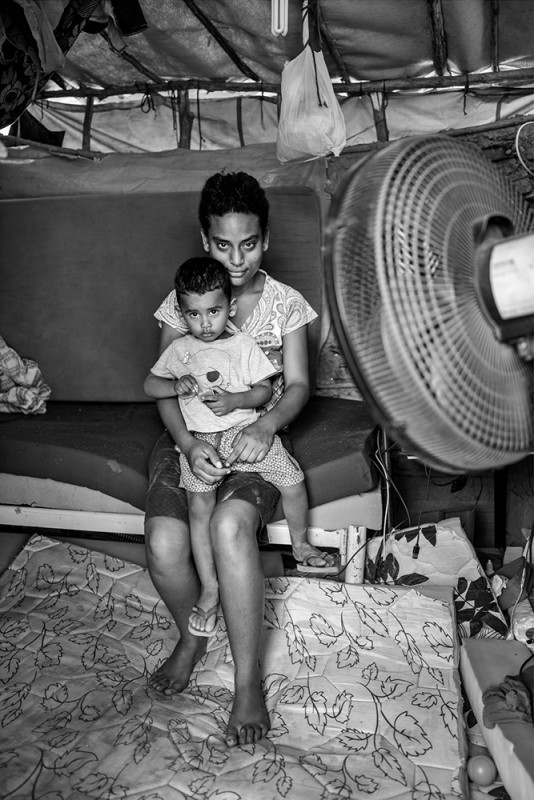
LFI: Why Brazil of all places? What fascinated you about this topic?
Stefano Bandini: My interest in Brazil started when I became friends with a married couple who have a strong relationship with the country. One of their relatives, Don Sandro Spinelli, is a Catholic priest who spends most of his life in the north-east of Brazil, which is still one of the poorest regions there. Don Sandro embraces the spirit of “Liberation Theology”. This means that he mainly devotes his energy and time to organizing exploited local farmers and workers into an labour union. I had the privilege of listening to him talk about his life, and I read a book he published. It was so fascinating that I then began to fantasize about a photographic trip to Brazil following his footsteps.
What was the intention behind the story?
For me, photography has at least two meanings. First it is a way to explore and have a deeper understanding of places and people. Furthermore, I think that photography is still a very powerful medium, able to deliver deep meaning. That’s why I decided to fly to Brazil and spend a month there, using my “third eye”. There is also the intention to put together the images with Don Sandro's writings, and publish a crowd-funded book.
How did you get in touch with people and how did they react?
Luckily, I already knew people there who helped me get in touch with the locals. I visited the most secluded rural villages, where I was able to meet the Sem Terra (landless workers' movement) and Sem Teto communities (people without houses, occupying small portions of land to build shelters). Even though my impression is that taking picture of people there is not so difficult, being introduced by trusted locals made it easier to interact with them.
Please let me steal a bit of space here to thank Danilo Radaelli, Erica Spinelli and Don Sandro Spinelli for making this trip possible; and Jocimar, Vera, Santilo and his family for the invaluable help in Brazil.
Why was the Leica SL2 the perfect choice for your series?
The SL2 is easy to setup and use. It fits in my hand very well, and it isn't a big issue to carry it around for a whole day. It's very fast and precise, ideal for my way of taking photographs. One of the best features is the warning of overexposed highlights in the viewfinder. It's a great help to get properly exposed frames. The files have enough room for the recovery of underexposed areas. Noise is not a big issue, I got great files up to 3200 ISO. But the best aspect of the SL system is the two primes I used: they are fantastic. Besides the incredible sharpness, the overall image quality is simply superb.
Did the project change certain perspectives for you?
Living for a few days in a Sem Terra community changes perspectives. However, despite the difficult life conditions there, people are always smiling and they share what little they have. Expecting nothing in return. Also, I was there during the campaign for the election of the Brazilian President. I was in one of the poorest regions of Brazil, travelling with political activists. It was striking to see how much trust and hope people place in politics over there. This is why the title of this work is Treze, thirteen in Portuguese. In Brazil, a number is associated to each candidate; 13 was the number associated to the newly elected president Lula.
Stefano Bandini+-
…was born in Milan, Italy, 1965 and is currently living in Cernusco sul Naviglio (Milan). He graduated in Mechanical Engineering and worked as engineer in Milan before moving to Japan in 2006, where he managed a small restaurant in Kyoto. Now back to Italy, Stefano works as consultant in the steel making industry. He bought his first camera at the age of 20. In 1998 he participated in the Toscana Photo Workshop with Paolo Pellegrin and Jim Megargree. In 2002 at Castello Sforzesco in Milan, he co-exhibited a work about the condition of abandoned children in Romania, which became a book curated by Denis Curti and published by Mazzotta Fotografia. In 2017, his work Japan in Black and White was published on the Leica Camera Blog. More

